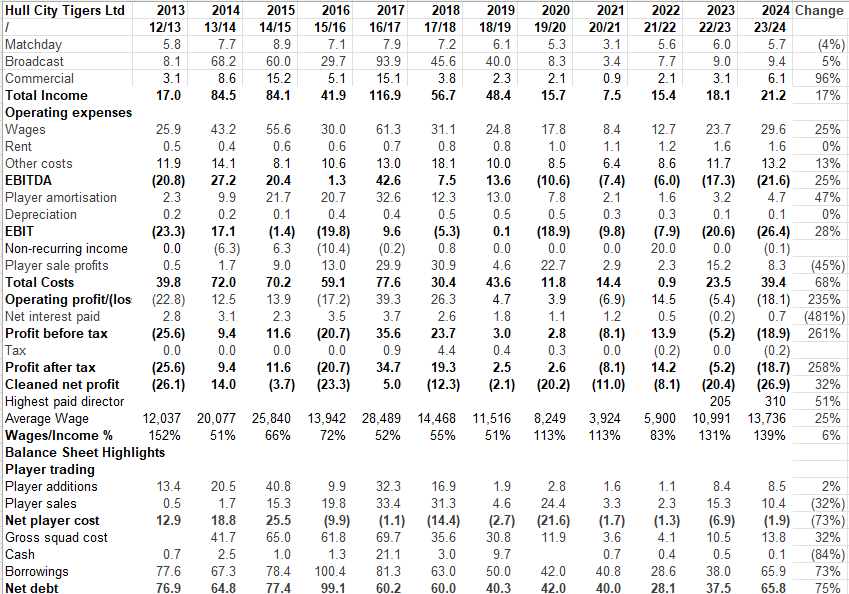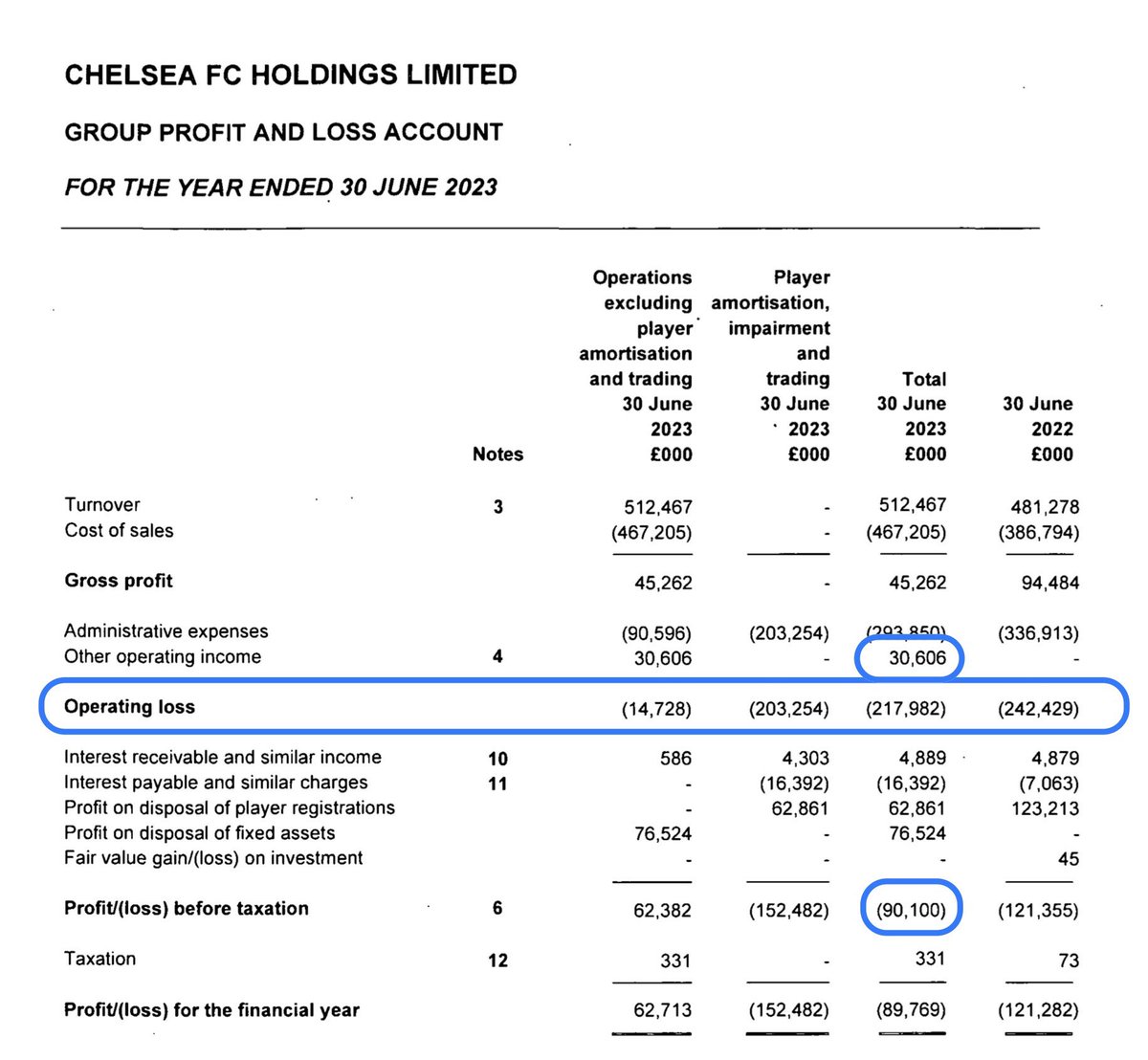In a drop your bacon sandwich start to the day Fulham report operating losses of £73 million for 2019/20, although player sales reduce this by £25m. 

Fulham’s total losses over the years now exceed £402,000,000 but club still have cash in the bank as shares and loans from owners cover the losses. 

Fulham’s income fell by almost £80m following relegation with broadcast income mainly in form of parachute 🪂 payments representing £75% of total. Wages down £15m. Average wage £34,000 per week, which to be fair doesn’t buy you much in West London 

Highest director pay fell by £400k to £948,000. Fulham fans starting a GoFundMe page to help support the director cope. 

Fulham bought players for almost £53 million* in 2019/20 and were promoted with a squad costing a Championship record £186,000,000.
*Thanks from Brighton for buying Knockaert BTW xx
*Thanks from Brighton for buying Knockaert BTW xx

Fulham were owed £17m by other clubs for player transfer instalments and owed other clubs over £53 million 

Fulham owner Shahid Khan bought £77.5 million of shares in the club in 19/20 taking total to 502 million. Only Celtic have issued more shares than this in UK football. 

Since 30 June 2020 Fulham signed players for a further £52 million but this was not enough to prevent the club being relegated. 

• • •
Missing some Tweet in this thread? You can try to
force a refresh






































